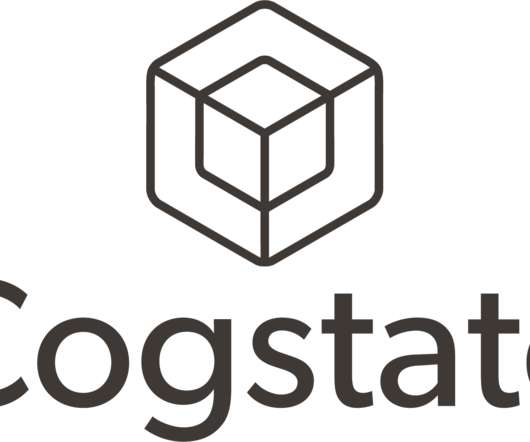Novartis keeps a close eye on gene therapy with Vedere Bio buy
pharmaphorum
OCTOBER 29, 2020
Already a major player in gene therapy, Novartis has swooped on US startup Vedere Bio in a $280 million deal that builds its position in inherited eye diseases that can lead to blindness. Novartis’ big move in the gene therapy market came when it bought AveXis for $8.7














Let's personalize your content